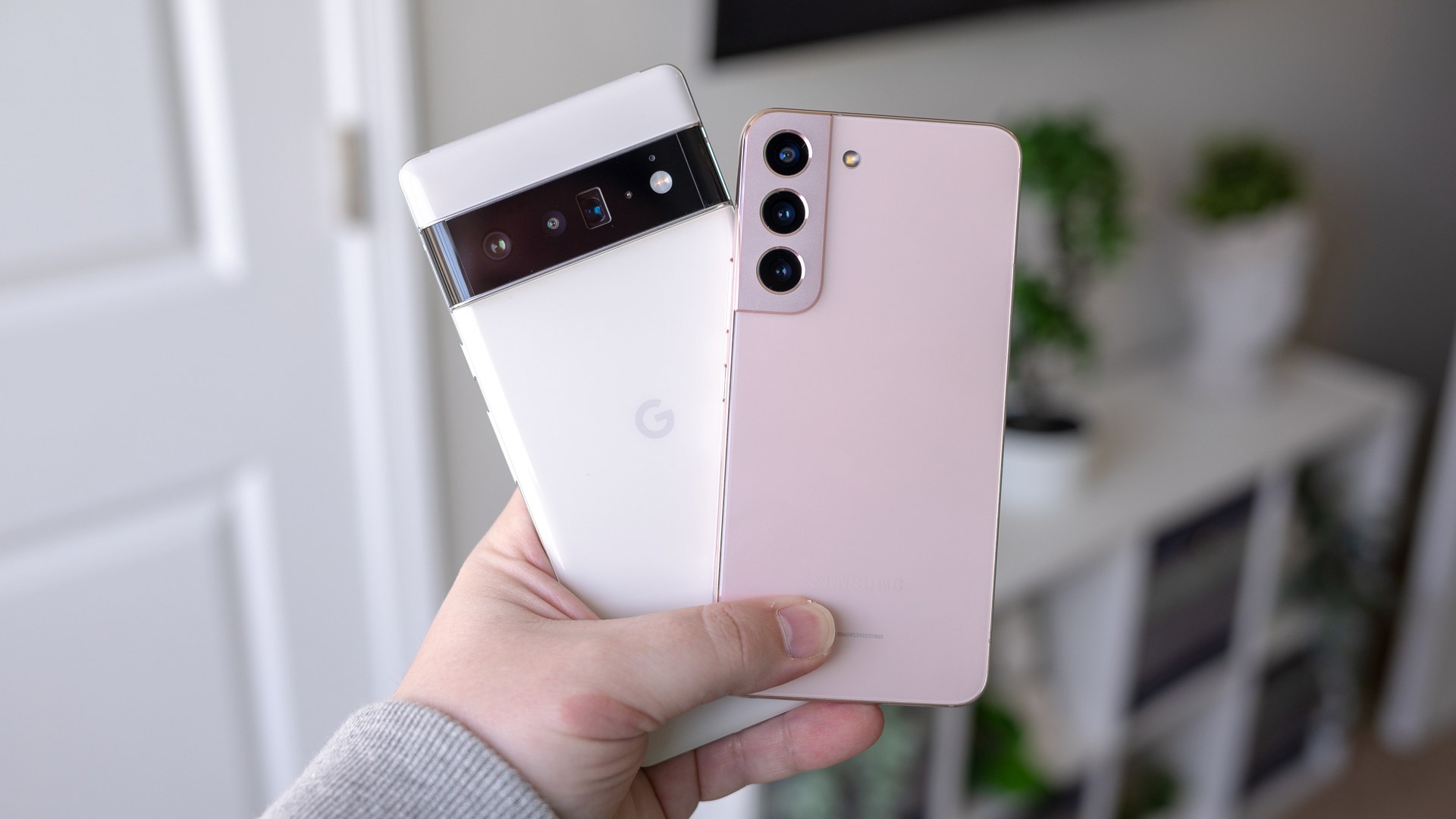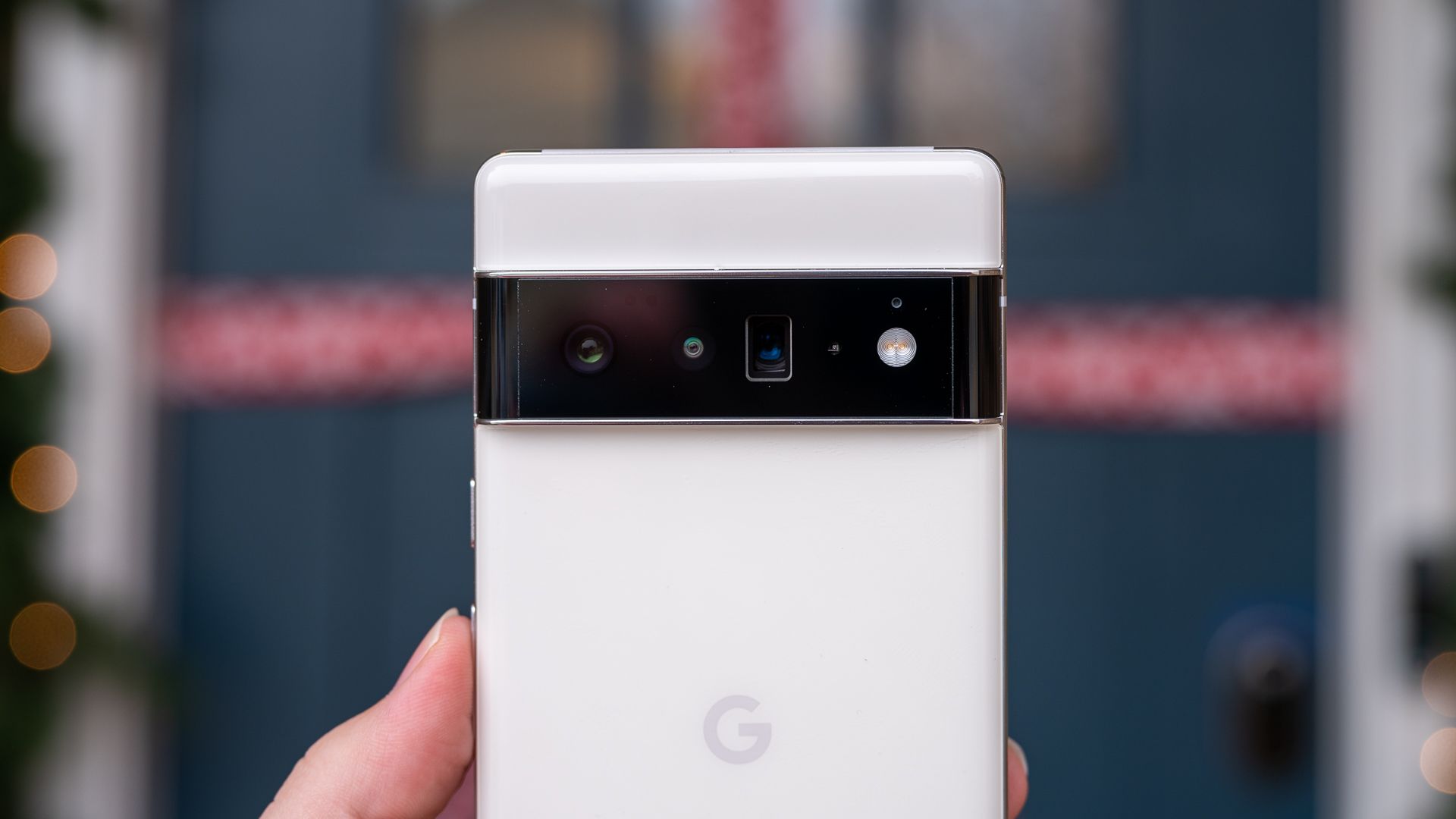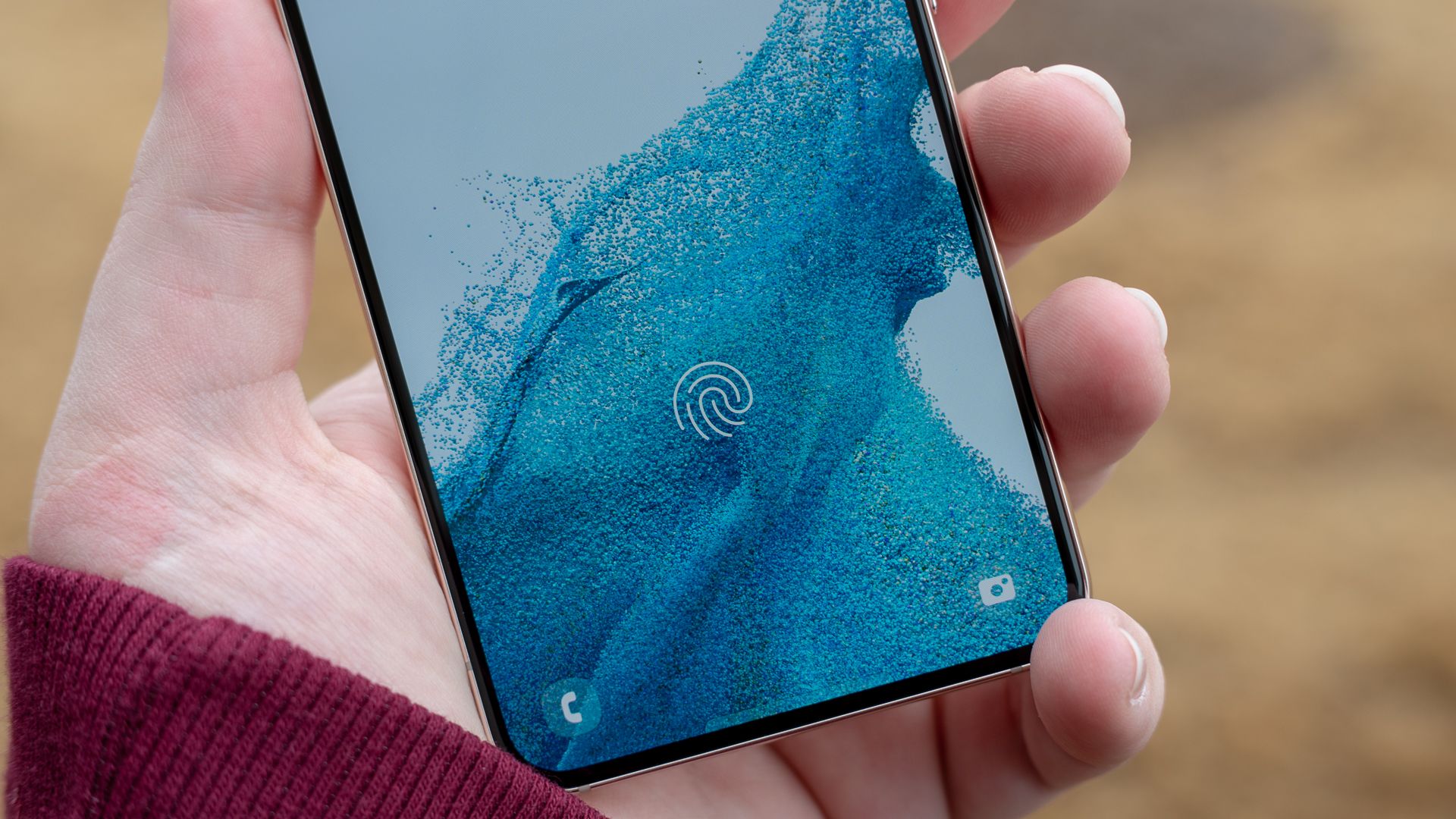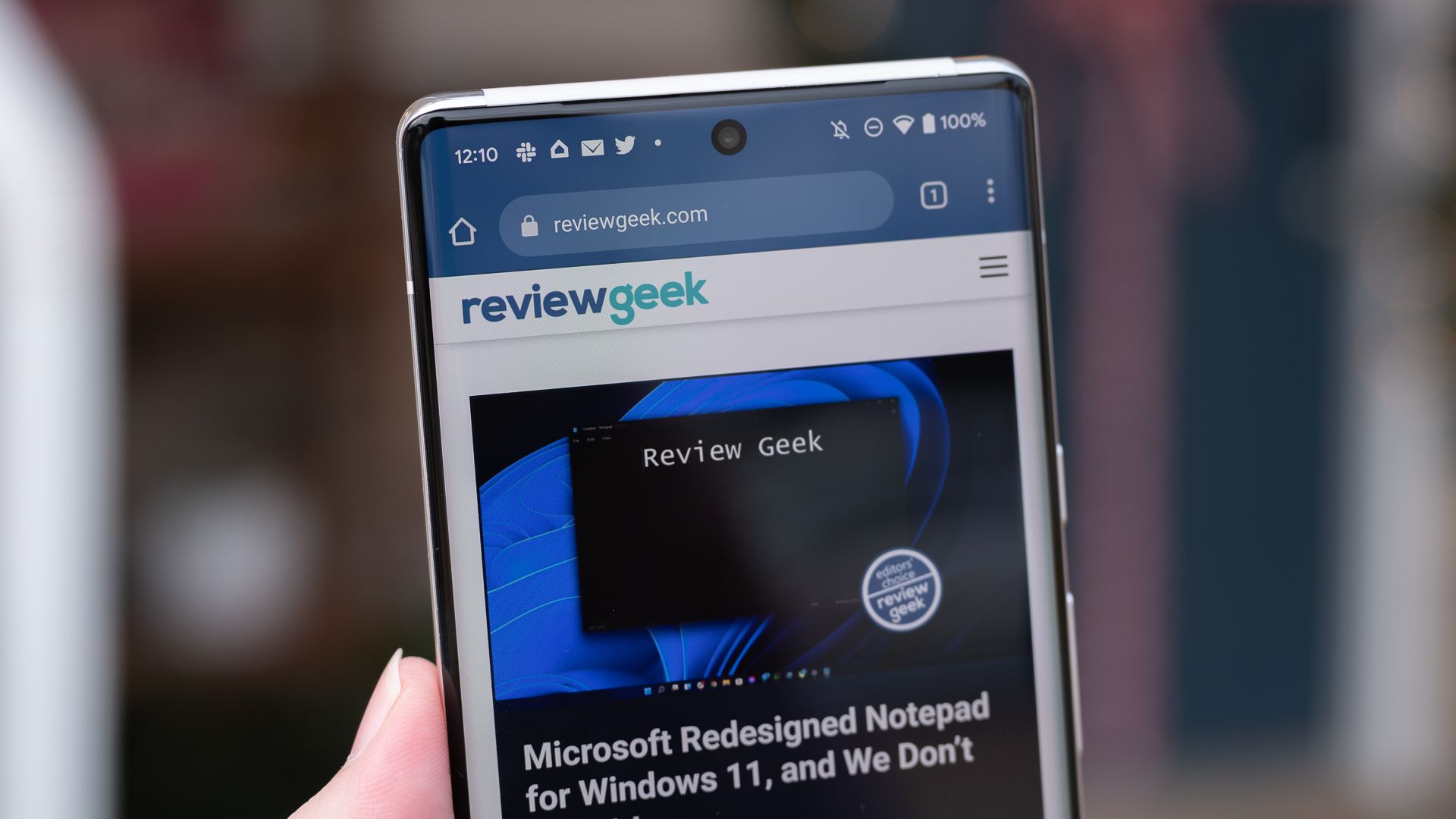Quick Links
Despite the Pixel 6's weird bugs and unreliable software updates, it's arguably one of the best Android devices of all time. Customers have just one big complaint; the fingerprint reader sucks. In fact, it left such a bad taste in critics' mouths that they're now pointing to the Samsung Galaxy S22's fingerprint reader as its Pixel-beating feature.
At a glance, this may seem like an unfair comparison. The Pixel 6 is a revolutionary new phone with a custom-made Tensor processor, so we can't expect perfection. But if Google wants to nail its upcoming Pixel 7 release, it needs to learn from Samsung---a company that once found itself in this very predicament.
Yeah, the Pixel 6 Fingerprint Reader Stinks
Within days of the Pixel 6 launch, customers began complaining that the phone's fingerprint sensor was unreliable or non-working. Some people theorized that a bug was responsible for the problem, while others claimed that certain screen protectors confused the phone's biometrics system.
Google took a different stance---basically, it told customers "you're using the phone wrong." The company drafted a Support page explaining that you need to firmly press your finger against the phone's sensor, and that pulling your finger from the phone too quickly will confuse its "enhanced security algorithms."
Now, Google did give customers some useful tips. The company advised that customers keep their hands moisturized, which absolutely improves fingerprint reader accuracy (and your chances of scoring a hot date). But overall, Google's advice wasn't all that helpful---the Pixel 6 fingerprint sensor stinks, and no amount of moisturizer will solve that problem.
A few weeks after teaching people to moisturize, Google pushed a software update to improve the Pixel 6's biometrics. Anecdotally speaking, we believe that this update was helpful. But customers complain about the Pixel 6 fingerprint sensor just as much as they did in November of 2021, so the update clearly didn't do enough.
Maybe Google will use future updates to further improve the Pixel 6 biometrics, but these updates will never resolve the problems that customers are complaining about. I can say that confidently, as software isn't the only thing that can make a fingerprint sensor slow or inaccurate.
Optical Vs. Ultrasonic: It's All In the Hardware
Most smartphones with in-display fingerprint readers, including the Pixel 6, use "optical" sensors to verify your identity. These optical sensors are basically just cameras---they illuminate your finger, snap a quick photo, and compare that photo to all the fingers in your biometrics settings.
There are some serious drawbacks to optical scanning technology. If your fingers are dirty, dry, or wet, then they may not look like "your" fingers anymore. Not to mention, the optical scanning process can be a bit slow, and your fingerprint may look different depending on how hard it's pressed against your screen.
Samsung gets around these hurdles with unique "ultrasonic" fingerprint sensors, which use sound waves to create 3D maps of your fingerprints. As you might expect, these 3D maps provide a lot more detail than simple 2D images.
That extra detail leads to an increase in accuracy. If your fingers are dry, for instance, the ultrasonic 3D map will still contain enough data for identification. Plus, pressure sensors in Samsung phones can tell how hard you squish your fingers against the screen and compensate for their change in shape. (Still, optical fingerprint sensors are still a bit faster than ultrasonic options, as they perform less detailed work.)
I should note that ultrasonic sensors are technically more secure than their optical cousins. Simply put, a 3D map of your fingerprint is harder to duplicate than a 2D image. But I don't really consider this an area of concern---if someone wants to break into your phone that badly, they'll eventually find a way around any biometric systems.
Google can only pull so much out of its optical fingerprint sensors. Software updates can improve the technology, for sure, but substantial change requires new hardware ... right?
There's Still Hope for Google's Optical Fingerprint Sensor
The first in-display fingerprint sensors were terrible. Still, many manufacturers considered the technology a necessity----the iPhone ditched its Home button, which doubled as a capacitive fingerprint sensor, and other brands had to do the same.
Do you know which brand had the best in-display fingerprint sensor? Well, I'm not sure either, but it wasn't Samsung.
After a few years of sticking capacitive fingerprint sensors on the backsides of its phones, Samsung decided to debut the ultrasonic in-display sensor. The result was an overwhelming disappointment. Samsung's Galaxy S10 lineup was widely criticized for its use of the ultrasonic sensor, which was slow, inaccurate, and unable to function with some screen protectors.
At that time, optical sensors were noticeably faster than Samsung's ultrasonic alternative (they're now just slightly faster). But they were still pretty darn slow, unreliable, and unpopular among many critics and customers.
Phone manufacturers, especially Samsung, have effectively resolved most of these problems. And this increase in quality isn't the result of crazy, groundbreaking changes. Companies have simply stayed the course and made incremental improvements to hardware and software.
Google hasn't had the chance to make such improvements---the Pixel 6 is its first phone with an in-display fingerprint sensor. And like Samsung, it will bounce back.
While many people are now encouraging Google to use an ultrasonic fingerprint sensor in future Pixel devices, I'd be surprised if the company makes such a dramatic change. Optical hardware isn't the problem here; Google made a bad fingerprint sensor, and it needs to improve both software and hardware to make a good fingerprint sensor.




